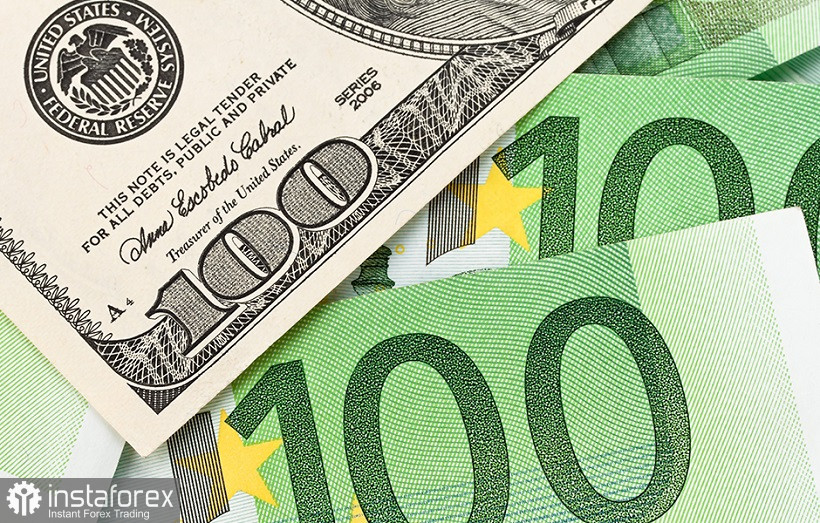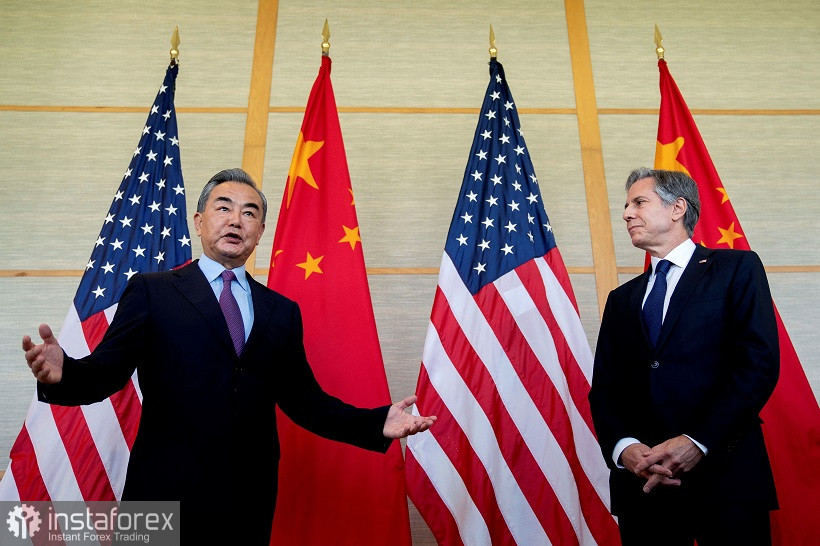The euro-dollar pair ended the trading week at 1.0186. Before the parity zone, there was "just nothing", less than 200 points. Although on Friday the EUR/USD bears approached the coveted level as close as possible, dropping to the level of 1.0073. This is a new 20-year price low, which was last recorded in December 2002.

In general, the last trading week turned out to be significant for the pair. After almost two months of siege, bears finally broke through the support level of 1.0340 (a five-year price low). Since mid-May, the bears have repeatedly tried to approach this target, but each time they retreated, not daring to storm. Initially, it was clear that overcoming this price barrier would open the way not only to the area of the 2nd figure, but also to the parity level. Therefore, the downward breakout that occurred last week is of strategic importance: by and large, traders have overcome the last bastion that protected them from the key support level of 1.0000. And now that this price line has been left behind, two logical questions arise: will the EUR/USD bears dare to storm the parity level and, if yes, will they be able to settle in the area of the 99th figure, that is, below parity? These questions are not at all idle, because being at such long-term lows, there is a real risk of "catching the price bottom" by opening short positions on the out of breath of the downward trend. Therefore, short positions must now be treated in a balanced and cautious manner.
In my opinion, bears on the pair in the medium term will still reach the level of 1.0000. The current fundamental background contributes to the strengthening of the US currency throughout the market, including against the euro. The greenback has too many allies, while the single currency is weakening even against the yen, which is quite surprising. The EUR/JPY cross has recently demonstrated a stable upward trend, having risen in June by a thousand points at once.
Summarizing the reasons why the dollar is getting more expensive, we can single out two key cases. These are the growth of anti-risk sentiment (energy crisis, rising inflation, recession risk, another outbreak of coronavirus, geopolitical instability) and the hawkish mood of the Federal Reserve (strong comments by Fed representatives and good Nonfarm). As of today, there is no reason to believe that the above fundamental factors will stop working in favor of the greenback. On the contrary, judging by the dynamics of recent events, the demand for a safe dollar will only grow.
Thus, the price of gas in Europe this week for the first time since March exceeded $1,950 per thousand cubic meters. Fears spread on the market regarding an even greater reduction in Russian gas supplies, after which the "blue fuel" began to rise in price actively. As is electricity. There are no prerequisites for changing the situation in the opposite direction at the moment.
Further. Coronavirus. Amid geopolitical tensions, the pandemic has begun to be forgotten, although COVID has not gone away. Two new mutations of Omicron reminded humanity that it is too early to "take off the masks". In Europe, hundreds of thousands of cases of coronavirus infection are recorded daily. The strongest surge in incidence is in the UK, Germany, France and Italy. The authorities of these countries are still considering whether to introduce new quarantine restrictions, but based on the dynamics of the spread of infection, new lockdowns are not far off. By the way, in China, which has a "zero tolerance" policy for Covid, there is no such dilemma: the 13 millionth city of Xi'an was quarantined due to two dozen detected cases. In general, most experts are confident that the next COVID wave will only gain momentum in the near future.
Traders are also focused on geopolitics. A few words should be said here about the results of the G20 summit, in the context of the development of US-China relations. It should be noted right away that there was no rapprochement: after the meeting of the Chinese and US foreign ministers, the parties exchanged rather tough statements. Chinese Foreign Minister Wang Yi demanded that Washington cancel increased duties on Chinese products and lift unilateral sanctions against Chinese companies. In addition, in his opinion, the US is unleashing a new cold war by interfering in China's internal affairs. The Americans, in turn, denied the accusations, stating the destructive position of China.

Here it is necessary to recall that the White House has previously reported that the administration is allowing the lifting of increased tariffs on certain goods from China. But judging by the rhetoric of the parties following the G20 summit, Washington and Beijing are still far from ending the trade war unleashed by Donald Trump. Mutual accusations of a political nature, the "Taiwan case" and the tone of the rhetoric of diplomats indicate that the tense relations between the superpowers are still far from being reset.
In other words, the current fundamental picture allows the safe dollar to strengthen its positions. Moreover, the Fed continues to demonstrate its determination. Published last week, the minutes of the Fed's June meeting suggested that the central bank intends to further tighten monetary policy at an aggressive pace. Many Fed representatives who have spoken over the past two weeks have spoken out in favor of a 75-point rate hike following the July meeting. In particular, this was stated by Raphael Bostic, Loretta Mester, Michelle Bowman, John Williams. The probability of this scenario being implemented is estimated by the market at almost 90%.
All this suggests that the EUR/USD bears have an appropriate informational basis for declining to the parity zone. But at the same time, I doubt that traders will be able to settle below the 1.0000 mark, at least in the medium term. Note how sharply the price bounced off the 1.0073 low, rising 100 points in a matter of minutes. Therefore, under the current conditions, it is advisable to open short positions on corrective rollbacks, having determined the downward targets in the form of marks 1.0150, 1.0100, 1.0050.
 English
English 
 Русский
Русский Bahasa Indonesia
Bahasa Indonesia Bahasa Malay
Bahasa Malay ไทย
ไทย Español
Español Deutsch
Deutsch Български
Български Français
Français Tiếng Việt
Tiếng Việt 中文
中文 বাংলা
বাংলা हिन्दी
हिन्दी Čeština
Čeština Українська
Українська Română
Română

